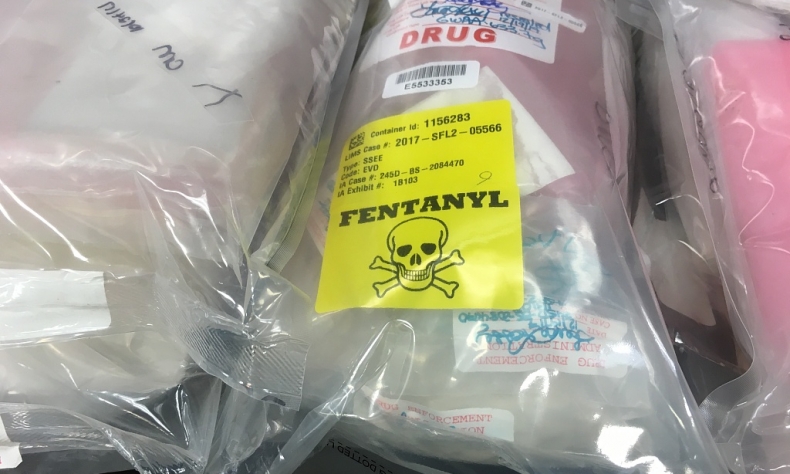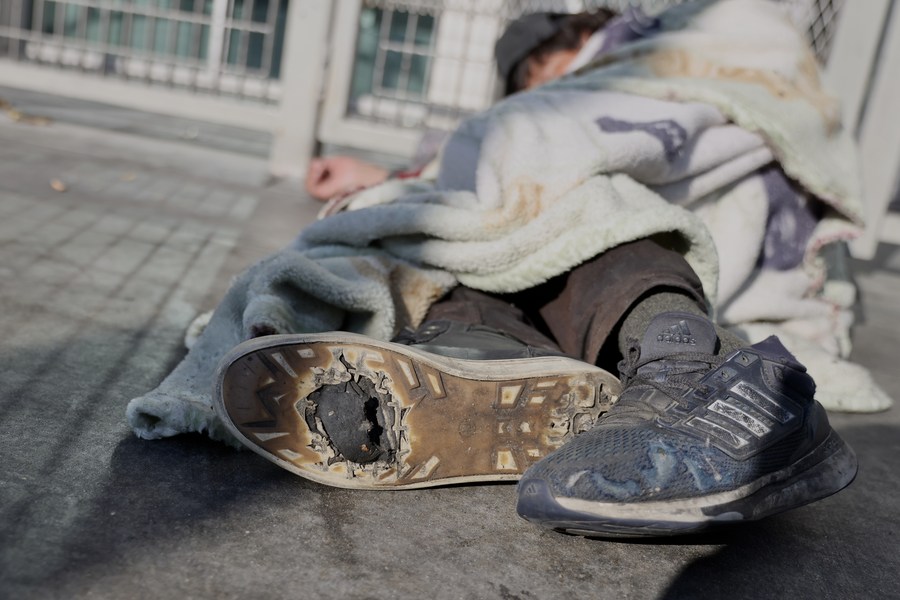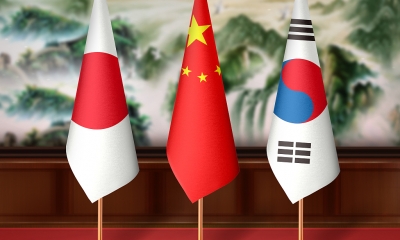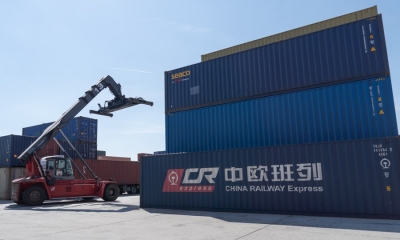U.S. Needs to Look at Itself to Find Causes for Fentanyl Crisis

Fentanyl abuse and the thousands upon thousands of deaths resulting from it are an American problem created by American doctors, the American public, American pharmaceutical companies and unscrupulous individuals.
Whenever U.S. President Donald Trump talks about America’s fentanyl crisis, you can be certain he will especially blame China for causing it. That rhetoric does not hold up to scrutiny.
At the beginning of this century, almost 800 Americans died because of fentanyl. Fast forward to 2021 and more than 107,000 deaths were traced to the drug in that year alone. How is it possible that in roughly 20 years, the number of deaths had spiked more than 13,000 percent?
The answer is a complex one: Politicians are not interested in delivering such answers. Instead, they live in a world in which deflection and blame generate headlines. And we know anytime a politician blames China that news coverage is soon to follow.
So, what is the complex answer?
Let’s begin with this: Fentanyl is cheap. According to one estimate, a gram can cost as little as $150. Other drugs cost much more. That means those people facing homelessness or economic uncertainty are often able to get their hands on the drug.
Doctors also have to be blamed. Beginning roughly 30 years ago, they began prescribing more and more pain medications to counter the aches and pains described by their patients. By 2012, doctors had prescribed opioids more than 255 million times. It goes without saying that as patients became addicted to one form of an opioid the opportunity to get their hands on a less expensive one was bound to happen.
Next, unsavory activities from pharmaceutical companies must be factored into the conversation. Pressure from such companies ensured that in some cases people who did not need such highly addictive medicines were given them by their doctors. The Department of Justice described what unfolded in one case as a “conspiracy” that included efforts “to mislead and defraud insurers” so that people who did not have cancer were prescribed medications.
One woman in the U.S. state of Maryland recounted her grandmother’s harrowing account in which doctors prescribed high doses of painkillers that led to the woman’s addiction and then showed a “lack of concern for my grandmother’s health left me dumbfounded.”
Next, as more and more Americans began to see their economic livelihoods crumble, they turned to drugs to counter their miseries. Two Princeton economists, Anne Case and Angus Deaton, found that middle-aged Americans with low levels of education were far more susceptible to becoming addicted.

Dating to 2019, China and the United States were consistently discussing how to stem the flow of fentanyl and its precursors from entering the U.S. Among the items they agreed to: sharing information relating to illegal distribution networks.
Americans are also not likely to know that drug-related crimes in China are dealt with severely; the reality is the Chinese business community and private citizens know that if found guilty of creating or selling illegal drugs, harsh penalties will follow. On top of that, a 2020 report from the Drug Enforcement Administration noted that China had implemented measures to counteract the creation of fentanyl; one such action included “investigations of known fentanyl manufacturing areas, stricter control of internet sites advertising fentanyl, stricter enforcement of shipping regulations, and the creation of special teams to investigate leads on fentanyl trafficking.”
Missouri Medicine once published a stinging rebuke directed at everyone who had refused to admit the obvious: America’s fentanyl crisis began as and continues to be a domestic problem. The doctor who authored the piece stated: “I will start with physicians. We overprescribe opioids, just as we overprescribe antibiotics. But it is generally well meaning; we don’t want our patients to experience pain. But then we prescribe 30 or 60 pills when 5 or 20 would have been adequate.”
The doctor then criticized Purdue Pharmaceuticals for manufacturing the highly addictive oxycontin. He also chastised the American Pain Society and the Veterans Health Administration for latching onto pain management strategies that deserved more scrutiny. Soon, he reached the inevitable conclusion: “Blame must be placed; it is the American way.”
But nowhere in his argument will you find China mentioned. Likewise, you will not find Canada or Mexico, two other nations that the current president claims to be deserving of adding to the fentanyl crisis. Imposing tariffs and other economic sanctions against those nations could easily be interpreted as a president getting tough and holding other governments to account. Instead, such policy choices exacerbate tensions between the U.S. and those countries and require them to issue their own tariffs against the U.S. Moreover, the problem is not being handled.
The reality is clear: Fentanyl abuse and the thousands upon thousands of deaths resulting from it are an American problem created by American doctors, the American public, American pharmaceutical companies and unscrupulous individuals.
The opinions expressed in this article are solely those of the author and do not necessarily reflect the views of Robert Morris University or China Focus.
 Facebook
Facebook
 Twitter
Twitter
 Linkedin
Linkedin
 Google +
Google +







